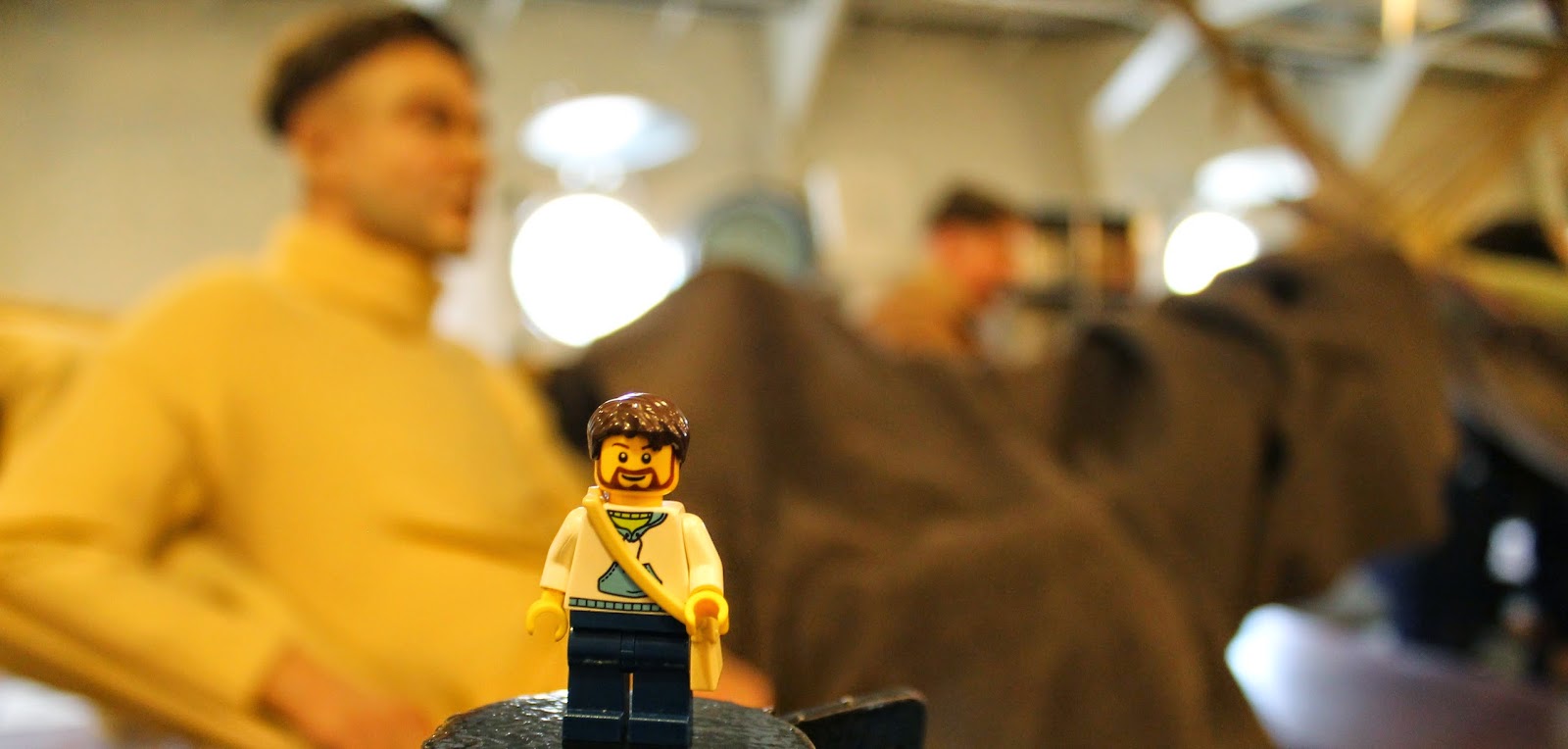Assassination is a history book by Brendan Powell Smith, who looks at the many attempts on twelve different US Presidents throughout history. Published in 2013. Which you can purchase a copy on Amazon
 |
| Assassination! The Brick chronicle of attempts on the lives of twelve US Presidents. |
Brendan is a lego photographer, who has undertaken many different Lego projects such as the Brick Bible, where he has done a similar thing with his history books but with famous scenes from the Bible. Such as Adam and Eve and the Last Supper.
Brendan's Brick Bible push started his new historic projects including the Assassination! and Revolution!; hopeful there will even more in the near future.
 |
| JFK being shot by Oswald in 1963 |
With the Assassination book he has laid out it out to have step by step stages and scene of the event that have unfolded. Giving you the information as well as a photos of each scene that is described in Lego. He has made history seem more palatable but he some how makes a lot of his work as realistic as possible, no matter how shocking or gory he has made it work in the materials he has available, Lego.
Although in most cases the scenes are amazingly
 |
| John Booth Shooting Abraham Lincoln in 1865 at Ford's Theatre. |
It is such a shame that some of the scenes do look like that Brendan has used photoshopped for things that were hard to recreate out of Lego. Such as the smock of the gun when John Booth, after shooting Abraham Lincoln in 1865. Which is a shame as it destroys the idea of having all of it naturally made up of Lego.
There could have been better attention given to the typos which should have been picked up before publishing. For example he meant to put "Schrank", who attempted to assassinated Theodore Roosevelt but spelt his name as "Shrank". This is quite obviously a typo because he uses the correct spelling throughout the rest of the chapter that uses Schrank's story.
As a dyslexic I can understand some of these mistakes but to get this far in production of the book seems silly, ignorant of the publishers, printers and sorry, the author.
 |
| Brendan Powell Smith, the author of Assassination and other Brick Books. |
Moving past the mistakes and faults of the book, it is a great historic book to read and flick through. Brendan has looked at the events from many angles, such as looking at the background of the assassins and looking at the facts rather than casting judgement upon them. This allows the reader to think for themselves to bring their own thoughts about them. Making the book in some respects un-biased, which is rare in writing about history and past events. Most historians and writers seem to lavish themselves in putting their own point across but it seems that Brendan has skipped and ignored the idea. Which makes it a great read for history and Lego fans worldwide.
I can't wait to read his next book, which I will post my own judgement upon soon.
I can't wait to read his next book, which I will post my own judgement upon soon.

















































